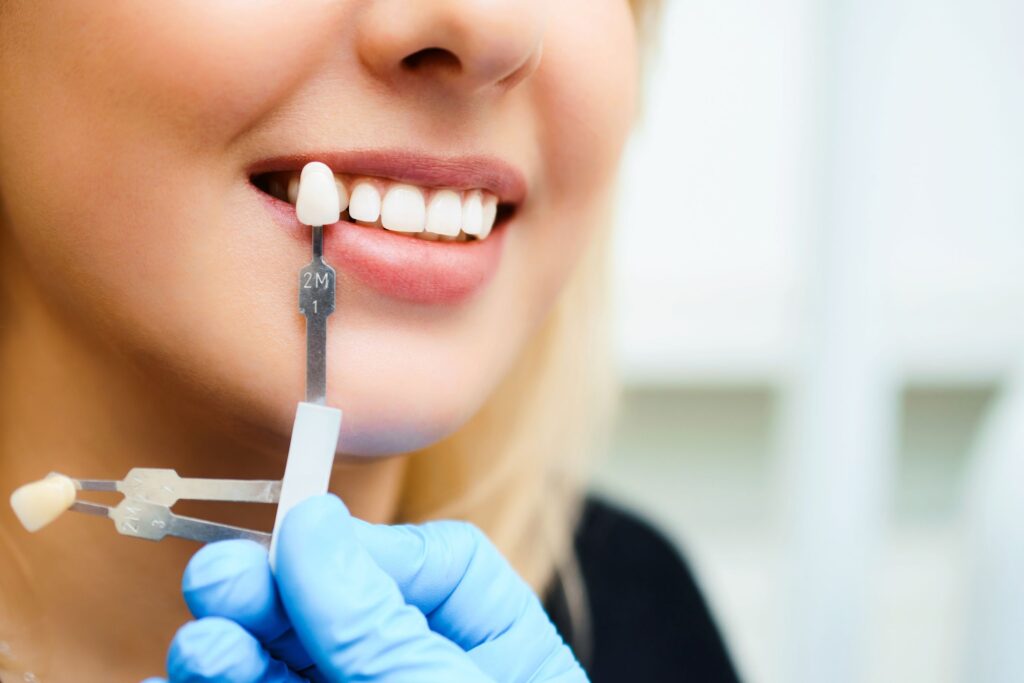Are you feeling self-conscious about the color of your teeth? While teeth naturally come in a range of shades, there are several common causes of tooth discoloration that can make your teeth appear yellow, brown, or gray. Understanding these causes can help you take steps to prevent or address discoloration and achieve a brighter, more confident smile.

Diet
One of the most common causes of tooth discoloration is consuming staining substances such as coffee, tea, red wine, and tobacco. These substances contain pigments that can stick to the enamel of your teeth and cause yellowing over time. To prevent staining, limiting your consumption of these substances and rinse your mouth with water after consuming them is a good idea.
Oral Hygiene Routine
Poor dental hygiene can also lead to tooth discoloration. If you don’t brush and floss regularly, plaque and tartar can build up on your teeth and cause them to appear yellow or brown. To prevent discoloration from poor dental hygiene, it’s important to brush twice a day for two minutes each time and floss once a day to remove plaque and prevent tartar buildup.
Medications
Certain medications and medical treatments can also cause tooth discoloration. For example, some antibiotics can cause yellow or gray discoloration in children whose teeth are still developing. Additionally, chemotherapy and radiation therapy can cause discoloration in both children and adults. If you’re taking any medications or undergoing medical treatments, talk to your dentist about the potential side effects on your teeth.
Age
Aging is another common cause of tooth discoloration. Our enamel wears down and thinner as we age, revealing the yellow dentin underneath. This can cause teeth to appear more yellow or gray over time. While aging is a natural process, you can take steps to maintain healthy enamel and minimize discoloration, such as avoiding acidic foods and drinks that can erode enamel and using fluoride toothpaste to strengthen your teeth.
Genetics
In some cases, tooth discoloration can be caused by genetics or a medical condition. Certain genetic conditions can cause enamel hypoplasia. This is a condition where the enamel on teeth is thinner and more prone to discoloration. Additionally, medical conditions such as liver disease and celiac disease can cause tooth discoloration as a side effect. If you suspect a medical condition, talk to your dentist or healthcare provider to determine the best course of treatment.
To avoid a diminished smile, limit your consumption of staining substances and practice good dental hygiene to prevent staining. If you’re taking undergoing medical treatments, talk to your dentist about the potential side effects on your teeth. And if you suspect that the cause is a medical condition, seek advice from your dentist or healthcare provider. With proper care and attention, you can maintain a healthy, bright smile for years to come
